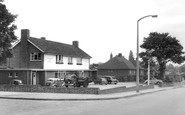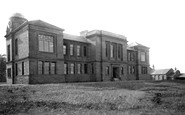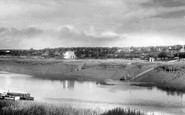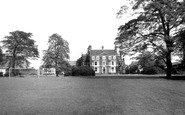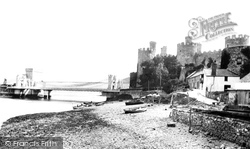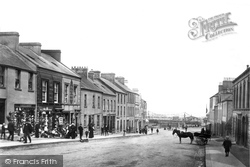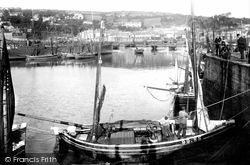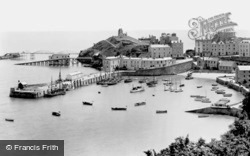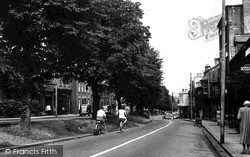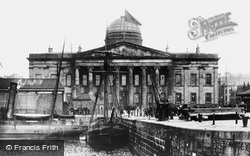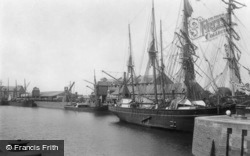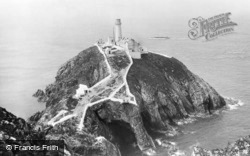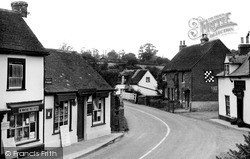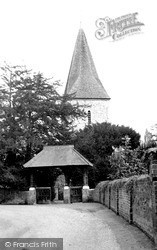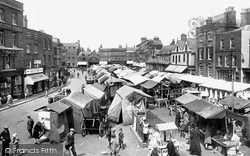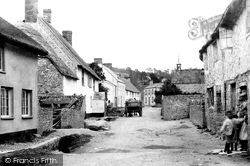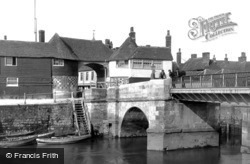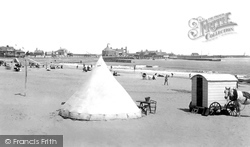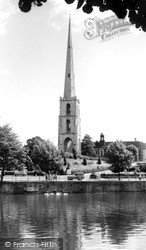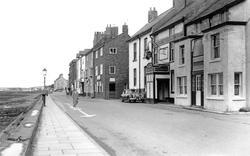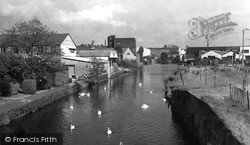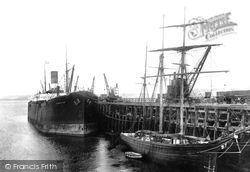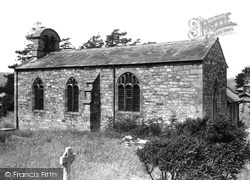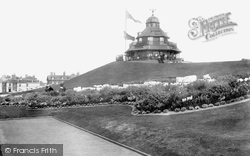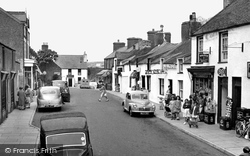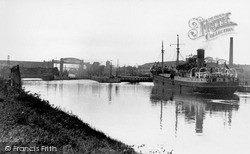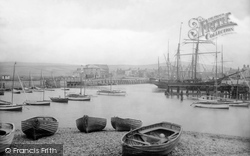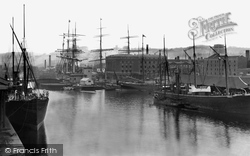Places
Sorry, no places were found that related to your search.
Photos
Sorry, no photos were found that related to your search.
Maps
670 maps found.
Books
4 books found. Showing results 961 to 4.
Memories
1,789 memories found. Showing results 401 to 410.
Memory For Ewell 1945 55
Down Beggers Hill and round the bend, just a short distance from the Jolly Wagoners and next to the Eight Bells, there was a blacksmiths who used a furnace to shape the iron shoes that were used to shoe horses. The horses from ...Read more
A memory of Ewell by
Woodford Green Primary School
I was born at St Margaret's hospital, Epping in 1967. I remember my first day at school and being terrified! I remember every teacher with fondness. The green surrounding the school was an extension to the ...Read more
A memory of Woodford Green in 1972 by
Irvine Royal Academy
In relation to Margaret's memory of 'crossing the moor', we did the same! I have various memories of gym periods in embarrassing shorts, running around on 'the moor', with the boys from the 'new' Ravenspark School (now Irvine) ...Read more
A memory of Irvine in 1970 by
Childhood In Glanwydden North Wales
Is there anybody out there who lived at or visited the village of Glanwydden, or was a pupil of the local county council school during the period 1937 to 1945?, I attended the local school between 1937 and 1945 ...Read more
A memory of Glanwydden in 1940 by
The Flood
Teresa Clarke's memory reminded me of the flooding of Jan. 1953. I was 9 years old and living in Gwynne Road with my folks. We were boarding at No 44, owned by Mr and Mrs. Carr. They played Crib and he polished the brass in the house ...Read more
A memory of Dovercourt in 1953 by
Pill Bicycle Shop
My maternal grandfather, Allan Henry Ball, had a bicycle shop in Pill prior to the Second World War. My mother had a photo of herself as a child outside the shop (in the 1920s). I believe that both my grandfather and his wife were born ...Read more
A memory of Pill in 1940 by
1951 1955
Tree climbing was good fun in very large trees till it was banned when David Nash fell and hurt his back for a couple of days. Alarge tree opposite the headmaster's office had iron rungs to a top platform used for spotting approaching ...Read more
A memory of Thelwall in 1954 by
Ancestor
My great grandmother was Margaret James who with her husband John, were tenent farmers near Calbeck from about 1897 to the late 1920's or early 1930's. My Mother told me that as a young girl, she, my Mother, spent her summers 'at the ...Read more
A memory of Caldbeck in 1960 by
Tom Lizzie Cook
1948 - onwards. My Mother and her two cousins were brought up by their Aunt and Uncle as above and I spent all my childhood holidays with them. Great Aunt Liz was well known for her teas for visitors and ramblers from CHA Porlock. ...Read more
A memory of Culbone in 1948 by
Warsmworth 1946 1950
My family were the first to occupy number 5 Tenter Lane, Warmsorth. I think that would be at the end of 1946. I have photos of myself and my older brother outside that house in the snows of 1947. We left in the summer of ...Read more
A memory of Levitt Hagg in 1947 by
Captions
1,058 captions found. Showing results 961 to 984.
Conwy was once an important port with a major fishing fleet. There are mussel beds at the mouth of the river, while freshwater oysters found upstream have been famous for their pearls.
These houses would have been built when Bangor the port had to deal with a constant stream of sailing ships bringing in coal and limestone and carrying away lead and copper ore, along with locally-made
The letters SS denote a boat registered in the port of St Ives. The midships wheel, lying fore and aft, was used to make easier the back-breaking task of hoisting sails.
An open two- masted lugger lies port side to the jetty. F r a n c i s F r i t h ' s P i c t u r e s q u e H a r b o u r s
It was once the leading port on the river, and it was from Newnham that Henry II sailed with a fleet of 400 ships and 5,000 soldiers on an expedition to Ireland in 1171.
Things came to a head in 1706 when the Excise launched a full investigation of the port over alleged customs avoidance.
Many were employed on scheduled feeder runs between small harbours and the big ports; others traded in the 'go anywhere for any cargo' world of tramping.
Holyhead is best known as the ferry port for Ireland, and stands on Holy Island, linked by a causeway to the Isle of Anglesey.
It closed in 1990, and for a short while was an antiques shop which only opened on Friday afternoons. The property is now a private residence.
Built in flint, it is notable for its very short west tower and shingled broach spire.
Although it is ten miles from the sea on what is now an artificial River Nene, Wisbech maintains its long tradition as a sea port.
Two schooners plied a busy trade with London in the middle of the century, but by 1870 competition from the railway had killed off the fledgling port.
Originally the first of the Cinque Ports, its Saxon harbour had silted up by the late 14th century, ending its role as the chief place of embarkation for the Continent and as England's premier naval
It had long been an old seafaring port but burgeoned into a sizeable town in the 19th century. It is now almost a suburb of Yarmouth.
On another occasion a wine merchant shared a bottle of port up there with the editor of the 'Worcester Chronicle'.
It then evolved into a bustling sea port during the 18th century, and finally, before the tide ceased to lap against the sea wall, it developed into a fashionable seaside resort.
Then, it was a bustling port with barges moored two or three deep unloading timber and barley. A few more years earlier, there would have been the occasional sailing barge with huge brown sails.
In 1905, freight rates for coal from the Welsh ports to the Plate varied between 6s 3d and 12s per ton. The rates for grain from Australia to the UK varied between 22s 6d and 26s 3d per ton.
The church of St Chad, with two bells hanging in its open belfry, stands a short distance down the lane opposite the Fenwick Arms.
They rose out of a rabbit warren, valued in 1824 at £50; the land was all part of the huge estate of Peter Hesketh, whose idea it was to create a town, port and watering place.
Once a main port on this part of the coast with important connections to Liverpool, this small picturesque harbour town is an attraction for sailors of a more leisurely kind these days.
New sections of waterway were linked to the River Mersey to enable ocean-going vessels to reach the new inland port of Manchester and the neighbouring Lancashire cotton towns.
Normally, the reason for this to occur would be when the ship is leaving port in such restricted water. She would take the strain on the stern rope and be warped off her berth.
No longer England's second port, Bristol was still busy handling imports for the west of England.
Places (0)
Photos (0)
Memories (1789)
Books (4)
Maps (670)



